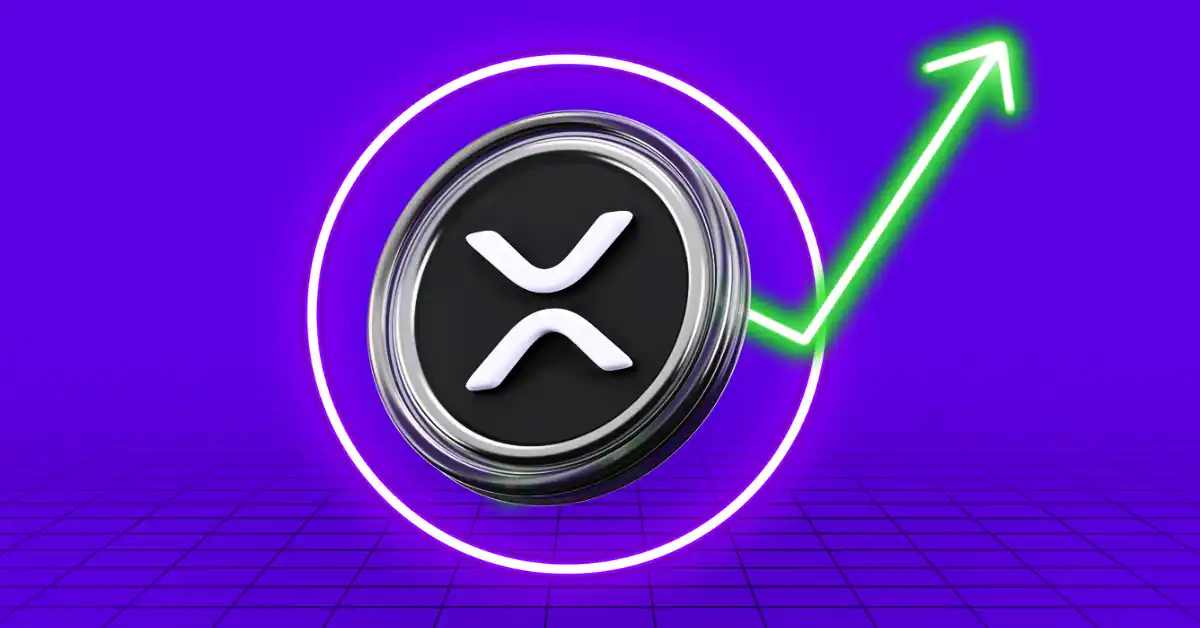Crypto fraud is unfortunately commonplace, but it is often owed to a relatively small number of groups or people who are professional scammers.
For example, on-chain analyst ZachXBT discovered a single Ethereum address to which funds from as many as 114 scams were sent.
These are scams that exploited the launch of scam coins, which are tokens artfully created solely to scam people.
Once created, they were sold despite having no real value. Later their market value imploded, but by then the scammer or the organization that created them had collected the proceeds from the sales.
Scam coins: the crypto fraud boom
In his tweet, ZachXBT specifically mentions two tokens that on the Uniswap DEX have collapsed in recent days, namely USDN (Neutrino USD) and GPTLSD.
GPTLSD is reported to have been launched on Uniswap on 14 March 2023, with its price rising above $0.023 on the day it was launched, with a trading volume of over $1.4 million.
By the next day, the price had plummeted to $0.004, with volume down to $75,000, and dropped to zero after only four days.
USDN was supposed to be Neutrino’s stablecoin, and indeed until October 2022 it seemed to have held its peg with the dollar. Since November, that is, since the collapse of the crypto markets due to the FTX bankruptcy, it has not only lost the peg, but its market value has even plummeted below 3 cents on the dollar.
Among the scam coins linked to that address there is also PopeElon, ShibTerminator, ProTrumpToken, Doge1Eth, HyperShib scam, Brics scam, Pound scam, and a host of other tokens unknown to most, created only to steal funds on the DEX.
Some of the names of these scam coins are really improbable, such as PeppaPig scam, The Federal Reserve scam, DecentraBitcoin scam, BBC scam, Robocop scam, and the most common are those using the terms Shiba, Shib or Shibarium.
Note that these are scam coins created only in the last month and a half, so this person or organization appears to be very active. While in 45 days they created 114 scam coins, they are creating new ones at an average rate of two and a half per day.
Also, this is only one address analyzed, but scammers are used to using many different ones.
So the real overall scale of this kind of scam seems to be really huge.
The soul of memecoins
There seems to be some vague connection to the world of memecoins, although the latter are born at a much lower rate, and are often created by different teams.
However, the fact that the scammer predominantly uses names related to meme coins, such as Shiba Inu, can hardly be dismissed as a mere coincidence.
Memecoins are often simply tokens created out of thin air, with no project or any value, and basing their success only on those who decide to buy and hold them.
Typically their price drops after a while, although for example the first meme coin, Dogecoin, over the years has not only lost no value except for 2022, but has even appreciated in value.
It is worth noting that while scam coins are mainly launched on DEXs, i.e., decentralized exchanges where anyone can list their tokens, successful memecoins are mainly those that manage to land on major centralized exchanges as well.
Prominent among these are Dogecoin itself and Shiba Inu.
The scam coin fraud
ZachXBT did not reveal how the fraudsters manage to get their scam coins bought at high prices, nor how much they cashed in.
It is worth mentioning that he only analyzed the last month and a half’s activity of a single address, which is only a very small portion of the fraudulent activities of this type, but still he did not reveal any other details.
The scam coin fraud involves putting tokens created out of thin air and devoid of any real or speculative value on the market, and convincing as many people as possible to buy them at significant prices.
Then the project is simply allowed to die, and their prices plummet to near zero.
In fact, after the initial launch, the purchasing demand plummets, causing the price to crash as well.
It is all about making sure that there is initial purchase demand when all the supply is only in the hands of the creators. In this way they cash in as much as they can immediately, leaving the scam coin to lose value within a short time because of the increase in supply and decrease in demand.
As impossible as it may seem, or non-sensical at any rate, evidently there are those who buy these tokens, effectively only ending up giving away their funds to scammers.
Credit: Source link















































